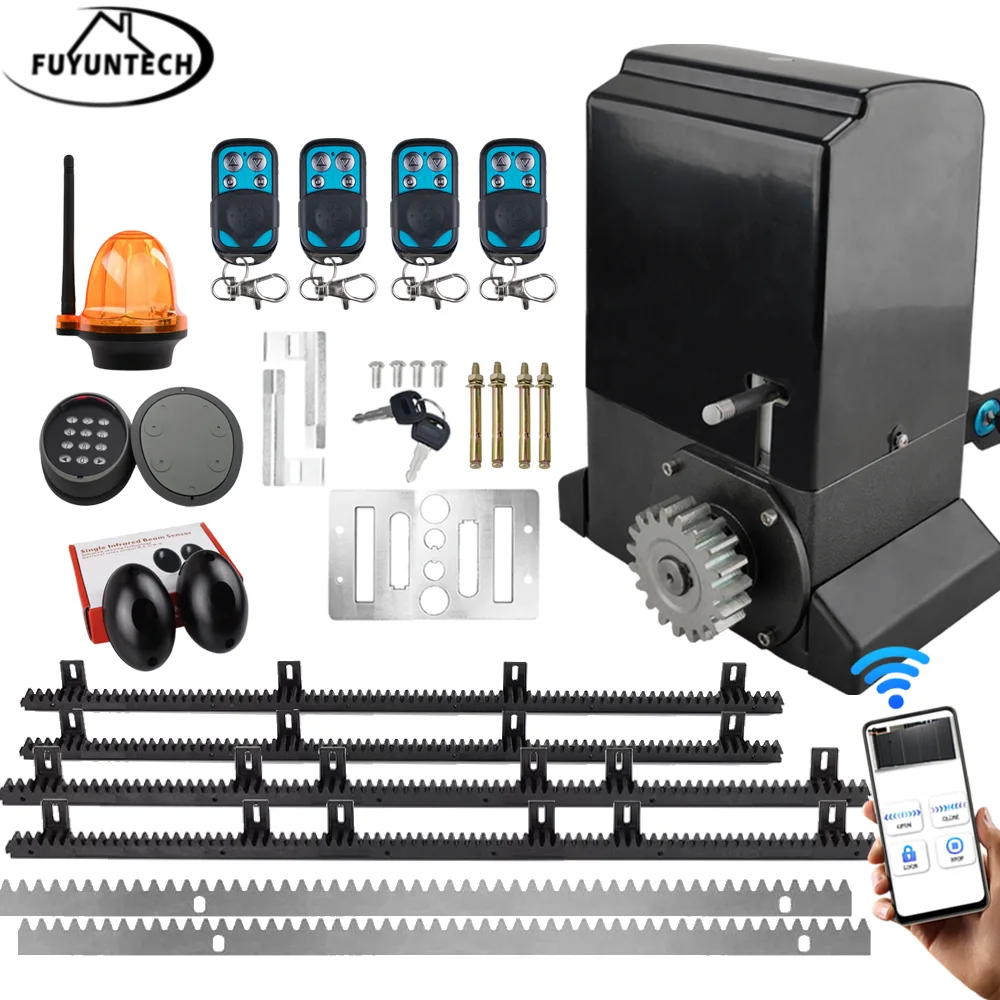In the world of automotive engineering, the drive train plays a crucial role in determining the performance, efficiency, and safety of a vehicle. With advancements in technology, various drive train options have emerged, each with its own set of advantages and disadvantages. In this blog post, we will delve into the depths of drive train systems to uncover the safest option available in the market today.
- Understanding Drive Train Basics:
Before we explore the safest drive train, it is essential to grasp the fundamentals. A drive train is responsible for transmitting power from the engine to the wheels, enabling motion. It consists of several components, including the engine, transmission, differential, and axles. The drive train can be categorized into three main types: front-wheel drive (FWD), rear-wheel drive (RWD), and all-wheel drive (AWD). - Evaluating Front-Wheel Drive (FWD):
FWD systems are commonly found in compact and mid-size vehicles. They offer several advantages, such as improved fuel efficiency and lower manufacturing costs. However, when it comes to safety, FWD vehicles tend to experience understeer, especially during high-speed cornering. This limitation can compromise stability and control, making FWD less ideal for certain driving conditions. - Analyzing Rear-Wheel Drive (RWD):
RWD systems are often associated with sports cars and luxury vehicles. They provide better weight distribution, resulting in enhanced handling and improved traction during acceleration. However, RWD vehicles can be more challenging to control in adverse weather conditions, as the rear wheels have a tendency to lose grip. This characteristic demands a skilled driver to maintain stability and prevent oversteer. - Unveiling All-Wheel Drive (AWD):
AWD systems have gained popularity due to their ability to deliver power to all four wheels, offering enhanced traction and stability. This drive train type can be further classified into full-time AWD and part-time AWD. Full-time AWD continuously distributes power to all wheels, ensuring optimal grip in various driving scenarios. On the other hand, part-time AWD primarily operates in two-wheel drive mode, engaging all wheels only when additional traction is required. AWD systems excel in providing superior safety and performance, making them the preferred choice for many drivers. - The Advancements in Hybrid and Electric Drive Trains:
In recent years, hybrid and electric drive trains have revolutionized the automotive industry. These systems combine internal combustion engines with electric motors to enhance fuel efficiency and reduce emissions. When it comes to safety, hybrid and electric vehicles often incorporate AWD systems, further enhancing their stability and control. The instant torque delivery of electric motors also contributes to improved acceleration and responsiveness, adding an extra layer of safety.
Conclusion:
After a comprehensive analysis of drive train systems, it is evident that the safest option available is the All-Wheel Drive (AWD) system. With its ability to provide optimal traction, stability, and control, AWD ensures a safer driving experience in various conditions. However, it is essential to consider individual driving preferences, weather conditions, and vehicle characteristics when selecting the most suitable drive train for your needs. Stay informed, stay safe, and enjoy the journey!

